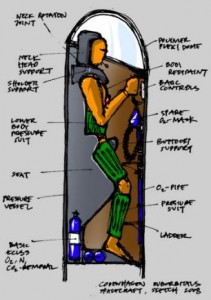 Tired of waiting for SpaceX or any other firm to come up with a cheaper solution to space travel, two Danish inventors have come up with the world’s first amateur rocket that will carry a human into space and bring them back safely.
Tired of waiting for SpaceX or any other firm to come up with a cheaper solution to space travel, two Danish inventors have come up with the world’s first amateur rocket that will carry a human into space and bring them back safely.
This amateur rocket was made by a Danish firm Copenhagen Suborbitals which is a non-profit organization run by Kristian von Bengtson and Peter Madsen. The progress in this amateur project is quite amazing, infact it is due to launch from a submarine in the Baltic Sea on August 30th with a dummy in it. If the initial launch is successful it will be followed by a actual human passenger on board with Madsen volunteering to do so!
The rocket which consists of a single-passenger capsule called Tycho Brahe, was being built since 2004. The entire project was worked on with no government funds and was completely funded by the non-profit organization itself. The funding came in the form of sponsors, donations and volunteers. The donations for Copenhagen Suborbitals have already reached €47,943 out of €50,000 since Jan 10, 2010.
If the initial test were successful, Madsen would suit-up to be in the next flight and if that were to be a success then Denmark would become the fourth nation to send a human into space. Madsen said, “We are working fulltime to develop a series of suborbital space vehicles – designed to pave the way for manned space flight on a micro size spacecraft.”
The single-passenger capsule is carried into space by a rocket named “HEAT” which stands for Hybrid Exo Atmospheric Transporter. It stands at about 9 meters high and uses liquid oxygen as fuel. Its booster was successfully test-fired February and May 2010. On an actual flight the booster will burn for about 60 seconds which will provide about 40,000 Newtons of thrust. Once the spacecraft reaches zero gravity the booster system will be jettisoned and the capsule will be slowed using a drogue parachute which is followed by three main parachutes. The capsule will have a soft landing in water.
The force of 40,000N is just enough to be tolerated by a human who would be in an upright position on top of the rocket. When asked if this design and idea seemed similar to how a nuclear payload is carried, Madsen was quick to defend and said, “The mission has a 100% peaceful purpose and is not in any way involved in carrying explosive, nuclear, biological and chemical payloads. We intend to share all our technical information as much as possible, within the laws of EU-export control”.
The team said that they were looking into some basic guidance control system to be installed in the capsule in order to prevent unexpected turn events due to gravity.
You can visit their site here.
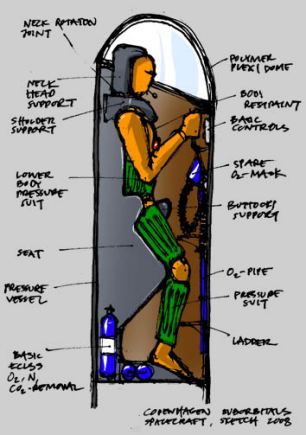
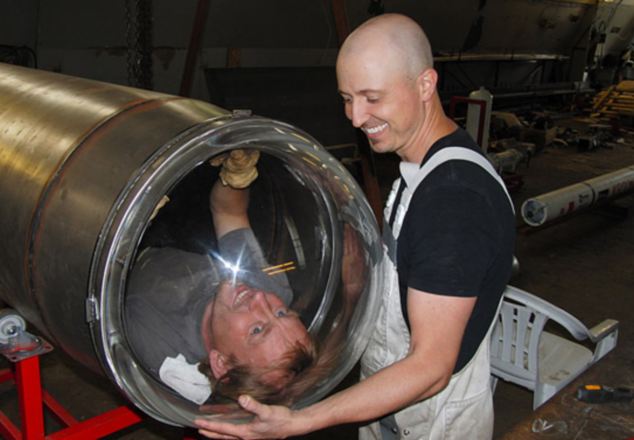
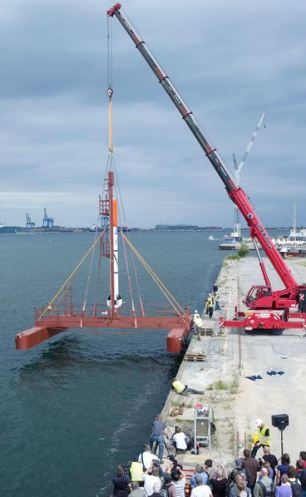
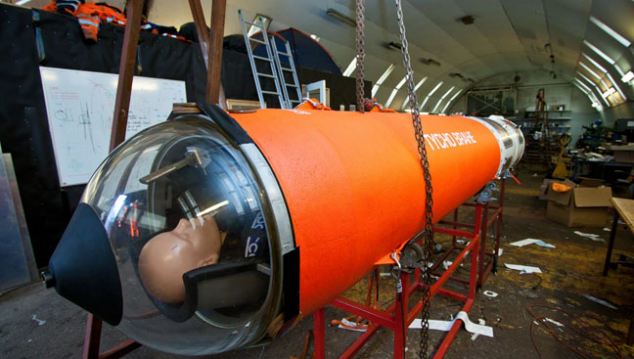
I mean come on…Cool nonetheless
Sorry I edited your comment but thanks for point it out , i edited the article … 🙂
Great! I ‘d give them a few dollars. NASA screwed up because they didn’t bring space travel to the masses. Soon, everyone will have there own spacecraft